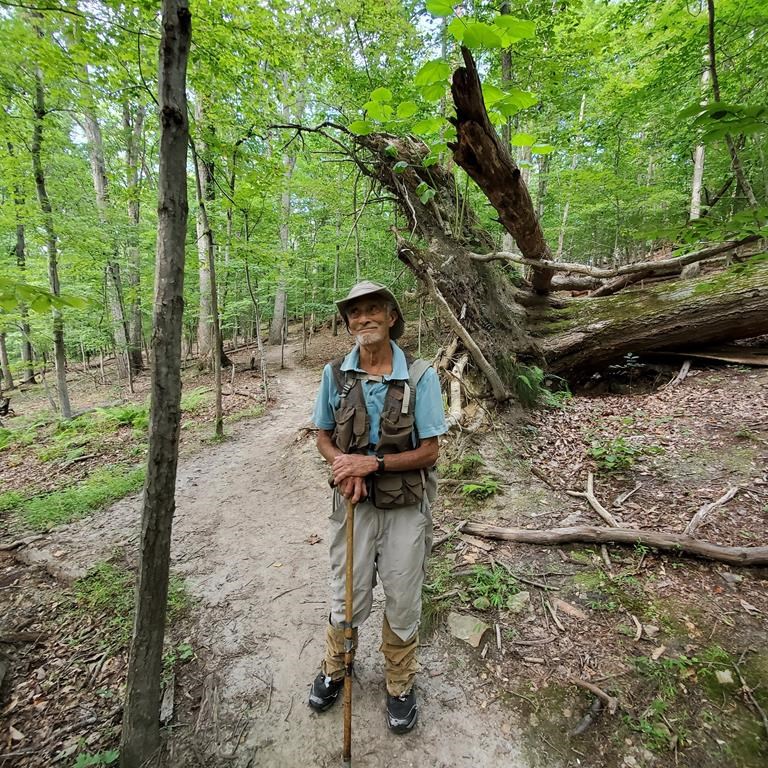Respected snake researcher dies from rattlesnake bite
Advertisement
Read this article for free:
or
Already have an account? Log in here »
To continue reading, please subscribe:
Monthly Digital Subscription
$0 for the first 4 weeks*
- Enjoy unlimited reading on winnipegfreepress.com
- Read the E-Edition, our digital replica newspaper
- Access News Break, our award-winning app
- Play interactive puzzles
*No charge for 4 weeks then price increases to the regular rate of $19.00 plus GST every four weeks. Offer available to new and qualified returning subscribers only. Cancel any time.
Monthly Digital Subscription
$4.75/week*
- Enjoy unlimited reading on winnipegfreepress.com
- Read the E-Edition, our digital replica newspaper
- Access News Break, our award-winning app
- Play interactive puzzles
*Billed as $19 plus GST every four weeks. Cancel any time.
To continue reading, please subscribe:
Add Free Press access to your Brandon Sun subscription for only an additional
$1 for the first 4 weeks*
*Your next subscription payment will increase by $1.00 and you will be charged $16.99 plus GST for four weeks. After four weeks, your payment will increase to $23.99 plus GST every four weeks.
Read unlimited articles for free today:
or
Already have an account? Log in here »
Hey there, time traveller!
This article was published 12/08/2022 (1183 days ago), so information in it may no longer be current.
FALLS CHURCH, Va. (AP) — A respected snake researcher who had been making significant discoveries about the species since childhood has died after being bitten by a timber rattler.
William H. “Marty” Martin died Aug. 3 after being bitten the day before by a captive snake on the property at his home in Harpers Ferry, West Virginia, according to his wife, Renee Martin.
Martin, who was 80 years old, continued to make arduous mountain hikes to document and count snake populations in remote sites, said Joe Villari, who manages the Bull Run Mountains Preserve in northern Virginia and would accompany Martin on his outings there.

“He was in his 80s, and he was hard to keep up with,” said Villari, who made it a point to join Martin on his semiannual treks to remote mountain dens where the snakes would live.
John Sealy, a rattlesnake researcher from Stokesdale, North Carolina, who knew Martin for more than 30 years, said Martin was perhaps the foremost authority on timber rattlers, a species he studied since childhood.
As a boy, Martin found a population of timber rattlers in the Bull Run Mountains that was previously unknown, and convinced a herpetologist to come out and verify the find.
Sealy said Martin was known throughout the community of snake experts for his field work and research, and his ability to find and document a species that makes itself hard to find.
“They’re extremely secretive animals,” he said.
Deaths from snakebites are extremely rare; the Centers for Disease Control estimates they account for about five fatalities annually in the U.S.
Dan Keyler, a toxicology professor at the University of Minnesota and an expert on snakebites, said a second snakebite can be more dangerous than a first for some people and rattlesnakes can be more dangerous if they grow to a size that allows them to inject more venom. Age can also be a factor in a person’s susceptibility.
Martin had been bitten before in his career, but recovered.
Villari said timber rattlers tend to be docile, avoid human contact and often won’t bite even if they’re accidentally stepped on.
“They save their venom for their prey,” he said.

